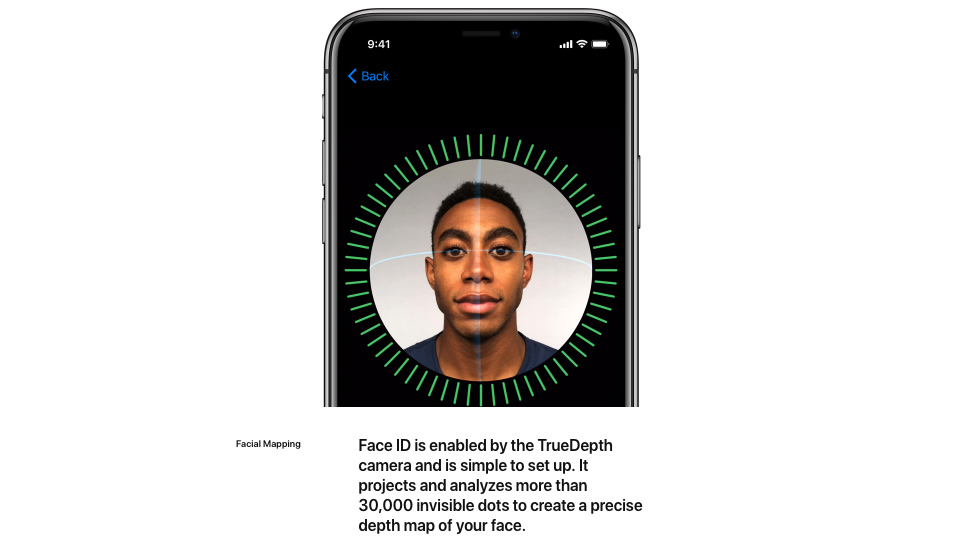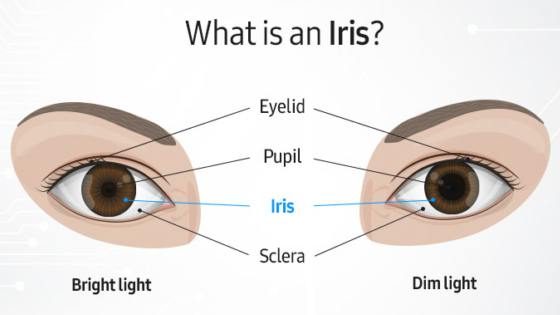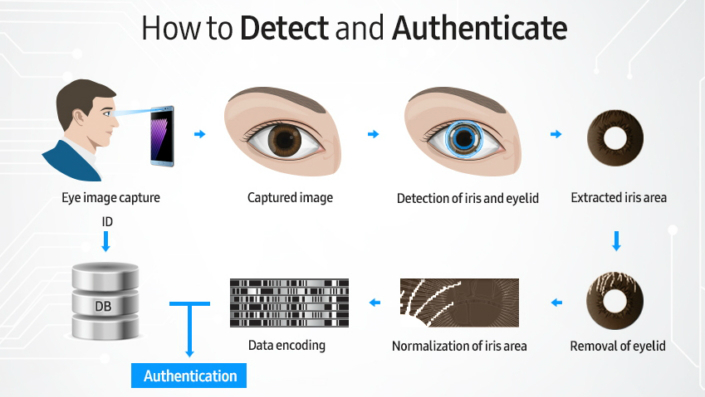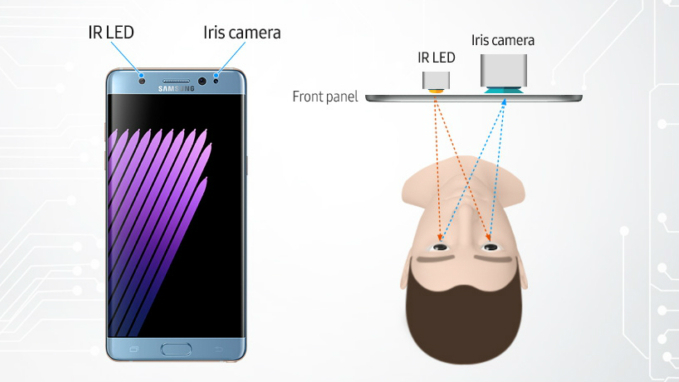Face ID vs Iris Scanner: Is iPhone X more secure than Galaxy S8?
Once again, Apple vs Samsung!

Apple has just finished showing off the brand new iPhone X along with the iPhone 8 and iPhone 8 Plus at its Keynote event yesterday. While the latter two are simply the incremental upgrades over last year’s iPhone 7 and iPhone 7 Plus, the iPhone X has some futuristic tricks up its sleeve. Face ID is one of them. It is Apple’s answer to the Iris Scanning technology of Samsung Galaxy S8 lineup and Note 8.
As expected, both the company’s claim that their biometric identification technique is superior to the other. Thus, we have come up with an in-depth analysis of both the Face ID and the Iris Scanner to find out which is the better one. We begin the comparison by explaining the working principle of each of them.
Face ID Explained
This is the only biometric identification technology present in the iPhone X, as the phone lacks the Touch ID button and henceforth doesn’t have a fingerprint scanner. As its name suggests, Face ID uses your face as the password to unlock your device. Well, wasn’t this already present in smartphones since ages? The answer is both yes and no.
While it is true that the face unlocks feature has been there for at least a couple of years, it wasn’t that secure and anyone could spoof it with ease. The Face ID, on the other hand, is an extremely secure system which is almost impossible to fool. So, what magic did Apple do?

The reason for the outstanding reliability of the Face ID is purely based on science and technology. There are three main components in the iPhone X which facilitate this advanced face detection functionality. They are:
1. Dot Projector: This emits more than 30,000 invisible dots onto your face to build a unique 3D facial map.
2. Infrared Camera: It reads and analyses the dot pattern obtained from the Dot Projector and captures an infrared photo of your face. Then, it transfers the data to the special secure storage of the A11 Bionic chipset for registering a new face or confirming a match.
Sign up for breaking news, reviews, opinion, top tech deals, and more.
3. Flood Illuminator: This is a dedicated infrared flash which throws out invisible infrared light onto your face to make the Face ID work even in dark.
Straightly put, the working principle of Face ID is generating a map of your face with the help of the three above-mentioned components and then matching with the data stored on the phone.

However, there is more to it. Apple has developed a powerful AI (Artificial Intelligence) and neural network based system which regularly adapts to your facial changes. For an instance, the Face ID will continue to work even if you grow a beard or start wearing glasses.
Moreover, Apple’s smart software and precise hardware can clearly distinguish between your real face and a picture of it. So, unlike the existing face identification technologies, it is not easy to cheat the Face ID. The latter even has a capability to detect Hollywood-grade masks and won’t unlock your device until it sees your real face.
That said, no biometric identification technique can be 100 percent secure and in no time, a hacker might come up with some clever hack to bypass the Face ID. Now, let’s proceed towards the signature security system used by Samsung flagships.

Iris Scanner Explained
While the Face ID uses your entire face as the unique identifier, the Iris scanner only needs the iris of your eyes. For starters, the iris is a thin, colored ring of the eye which dilates and constricts the pupil to regulate the light intake. Every individual carries a unique and sophisticated pattern on their iris. This design is different between every human being and even identical twins have dissimilar irises.

However, the latter is a highly debated fact as some claim that the iris pattern of identical twins is always similar. While it is true that fetus of identical twins grows matching iris at first, they start to get differentiated as the iris continues to change till a very young age. This development is affected by external factors and it is highly unlikely that every twin baby gets the exact same treatment at inside as well as outside the womb.

So, how does the iris scanning technology of the Galaxy S8 or Note 8 work? Surprising, it is quite similar to the mechanism used by Apple’s Face ID. The flagship phones from Samsung uses two main components to facilitate to identify your iris. Those are:
1. IR LED: This is identical to the flood illuminator of the iPhone X. The only difference is that the IR LED focusses the infrared light only to your eyes, while the former lights up the entire face.
2. Iris Camera: How much fancy the name sounds, this is nothing but an infrared camera fine-tuned to capture photos of your iris.
The working procedure of the iris scanner of the Galaxy S8 or Note 8 is quite simple. The IR LED illuminates your eyes and the iris camera captures the picture of your Iris, which is then stored of matched with previous data to unlock your smartphone. Samsung gives you the option to choose between dual iris scanning (both eyes) or single iris scanning.
Face ID Vs Iris Scanner: Conclusion
As you see, the Face ID of the iPhone X and the Iris Scanner of the Galaxy S8 or Note 8 are quite similar in terms of their working principle. While both the biometric identifications systems are quite futuristic, it is Apple, which seems to be somewhat better and more secure than that of Samsung’s. This is mainly due to the ingenious cheat detection technique of Face ID.
However, we believe that Samsung has the potential to surpass its competitor with a few software upgrades to prevent spoofing of the Iris Scanner.
That said, none of the systems are perfect yet, as Apple suffered an embarrassing Face ID fail at its very launch event and the Samsung’s iris scanner has already been fooled by a bunch of hackers.

Shuddhahnik Maity is a Contributing Writer at Times Internet. He is a connoisseur of technology, writing for tech related stuff is my passion. Shuddhahnik likea to keep himself updated about the latest happenings in the tech industry.